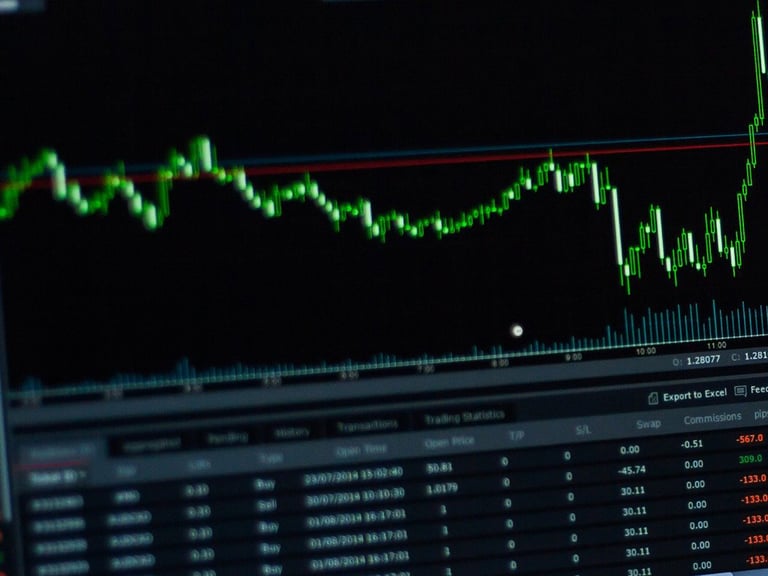ASOS PLC (ASC.L), a prominent player in the internet retail sector, is well-known for revolutionising online fashion retail in the United Kingdom and beyond. Headquartered in London, ASOS offers a wide array of fashion products through its own brands, such as ASOS Design and ASOS Edition, as well as partnerships with other popular labels. Despite its significant market presence, the company is currently navigating a challenging financial landscape, presenting both risks and opportunities for investors.
The company’s current market capitalisation sits at $345.64 million, reflecting its stature within the consumer cyclical sector. The stock is trading at 290 GBp, with a recent fluctuation of 13.50 GBp (0.05%). Over the past year, the stock has seen a range from 230.00 GBp to 446.00 GBp, indicating a degree of volatility that could be of interest to investors seeking opportunities in dynamic markets.
ASOS’s valuation metrics reveal some concerning figures. The absence of a trailing P/E ratio and the negative forward P/E of -1,552.55 suggest that the company is currently unprofitable, a situation that demands cautious consideration. The lack of a PEG ratio, price/book, and price/sales metrics further complicates the valuation picture, making traditional analysis challenging.
The performance metrics compound this narrative, with the company experiencing a revenue decline of 18.10%. The absence of a reported net income and an EPS of -2.84 further highlight the financial hurdles ASOS faces. Particularly noteworthy is the negative return on equity of -48.80%, indicating that the company is currently not generating positive returns on shareholder investments. Furthermore, the free cash flow stands at a concerning -£77.83 million, underscoring liquidity pressures.
ASOS does not currently offer a dividend yield, and the payout ratio remains at 0.00%, suggesting that reinvestment and capital preservation are the company’s immediate priorities. This might deter income-focused investors but could appeal to those looking for potential capital gains.
Despite these challenges, there is a spectrum of analyst opinions that provide a mixed but potentially optimistic outlook. With six buy ratings, eight hold ratings, and four sell ratings, the average target price is pegged at 410.59 GBp, suggesting a potential upside of approximately 41.58%. This range reflects both the risks and the speculative potential inherent in ASOS shares.
Technically, ASOS is trading below both its 50-day and 200-day moving averages, at 312.48 GBp and 370.06 GBp respectively. The Relative Strength Index (RSI) of 57.11 indicates a neutral momentum, with neither a clear overbought nor oversold condition. The MACD of -9.68 and a signal line of -12.92 suggest a bearish trend, yet the gap between these indicators may hint at a potential recovery if market conditions shift favourably.
ASOS continues to leverage its extensive brand portfolio and international reach, serving markets across the European Union, the United States, and beyond. Its innovative approach to online retailing, including payment processing and brand management services, positions ASOS as a significant player with the capability to adapt and thrive in a competitive environment.
For investors, ASOS presents a complex, yet potentially rewarding opportunity. The company’s current challenges are significant, but its established market presence and potential for recovery offer a speculative appeal. Investors should weigh these factors carefully and consider the broader market conditions and company-specific developments when evaluating ASOS as a part of their investment strategy.







































